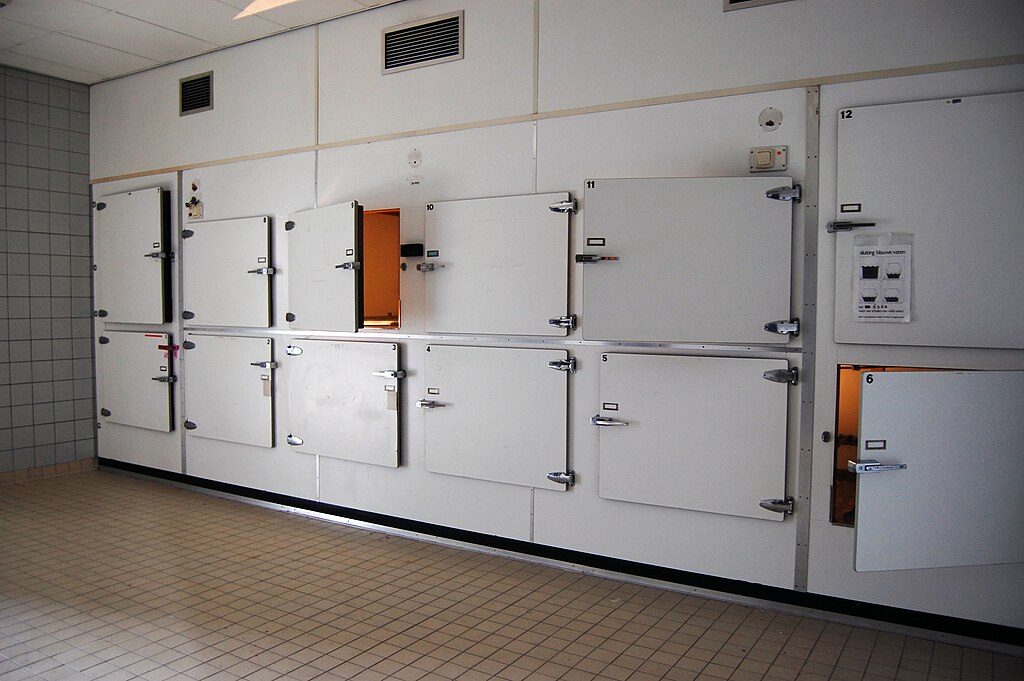People who have died from COVID-19 can be buried or
cremated.
• Confirm national and local requirements that may
dictate the handling and disposition of the remains.
• Family and friends may view the body after it has
been prepared for burial, in accordance with customs.
They should not touch or kiss the body and should
wash hands thoroughly with soap and water after the
viewing;
• Those tasked with placing the body in the grave, on
the funeral pyre, etc., should wear gloves and wash
hands with soap and water after removal of the
gloves once the burial is complete.
Burial by family members or for deaths at home
In contexts where mortuary services are not standard or
reliably available, or where it is usual for ill people to die at
home, families and traditional burial attendants can be
equipped and educated to bury people under supervision.
• Any person (e.g. family member, religious leader)
preparing the deceased (e.g. washing, cleaning or
dressing body, tidying hair, trimming nails or
shaving) in a community setting should wear gloves
for any contact with the body. For any activity that
may involve splashing of bodily fluids, eye and
mouth protection (face shield or goggles and
medical mask) should be worn. Clothing worn to
prepare the body should be immediately removed
and washed after the procedure, or an apron or gown
should be worn;
• The person preparing the body should not kiss the
deceased. Anyone who has assisted in preparing the
body should thoroughly wash their hands with soap
and water when finished;
• Apply principles of cultural sensitivity and ensure
that family members reduce their exposure as much
as possible. Children, older people (>60 years old),
and anyone with underlying illnesses (such as
respiratory illness, heart disease, diabetes, or
compromised immune systems) should not be
involved in preparing the body. A minimum
number of people should be involved in
preparations. Others may observe without touching
the body at a minimum distance of 1 m




